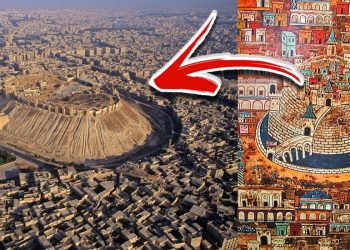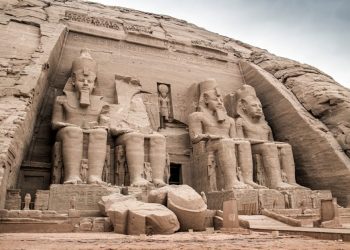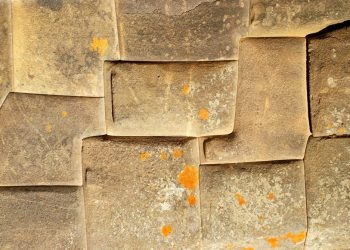The Egyptian pyramids have fascinated humanity for centuries. These monumental structures, built with astonishing precision, were aligned with the cosmos, particularly with the ancient North Star, Thuban. The alignment of Egyptian pyramids and the North Star showcases their advanced understanding of astronomy and reflects their deep spiritual beliefs.
This article explores the cosmic alignment of the pyramids, their connection to Thuban, and the incredible ingenuity of ancient Egyptian architects.
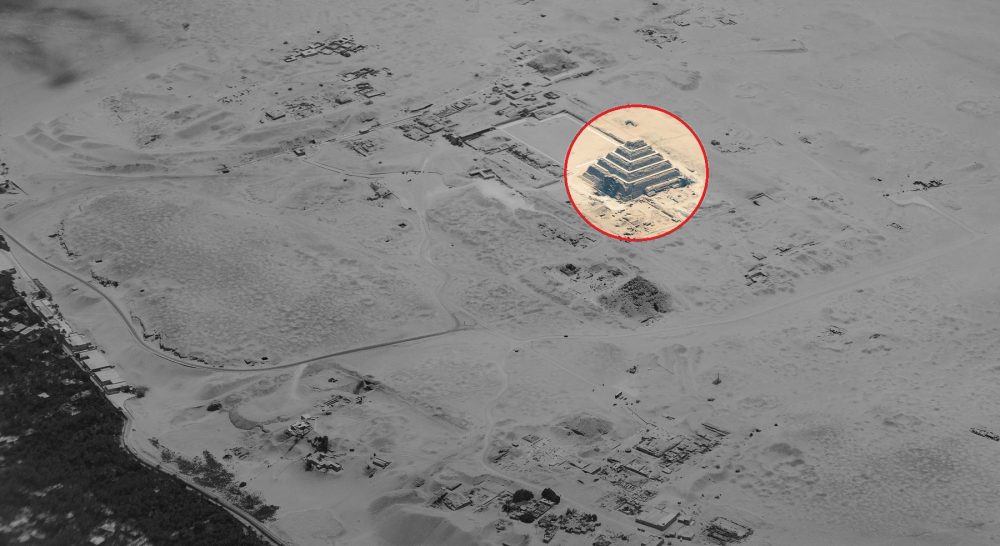
The Step Pyramid: A Revolutionary Beginning
The journey of Egyptian pyramid-building began during the Third Dynasty, around 4,700 years ago, with the construction of the Step Pyramid at Saqqara. Commissioned by Pharaoh Djoser and designed by his visionary architect Imhotep, this structure was the first monumental stone building in Egypt—and arguably, the world.
Rising 62.5 meters (205 feet) and consisting of six stacked mastabas, the Step Pyramid showcased a new era of engineering and societal organization. Imhotep not only revolutionized architecture but also created a sprawling complex of temples and courtyards, all enclosed by a massive limestone wall. Beneath the pyramid lay an intricate network of tunnels and chambers, spanning 5.7 kilometers.
Imhotep’s groundbreaking design set the stage for subsequent pyramids, leading to the smooth-sided structures that symbolize ancient Egypt today.
Sneferu’s Legacy: Perfecting the Pyramid
Pharaoh Sneferu of the Fourth Dynasty elevated pyramid construction to an art form. Known as Egypt’s most prolific pyramid builder, Sneferu constructed three monumental pyramids:
- The Meidum Pyramid: Initially designed as a step pyramid, it was later converted into a smooth-sided structure, though it partially collapsed.
- The Bent Pyramid: This ambitious project at Dahshur reveals the learning curve of ancient architects. The pyramid’s angle shifts midway due to structural issues, reflecting the challenges of constructing large-scale monuments.
- The Red Pyramid: Also at Dahshur, this is considered Egypt’s first successful smooth-sided pyramid. Its design laid the foundation for the construction of the Great Pyramid of Giza.
Sneferu’s innovations in architecture and engineering were instrumental in creating the techniques that would culminate in the Great Pyramid.
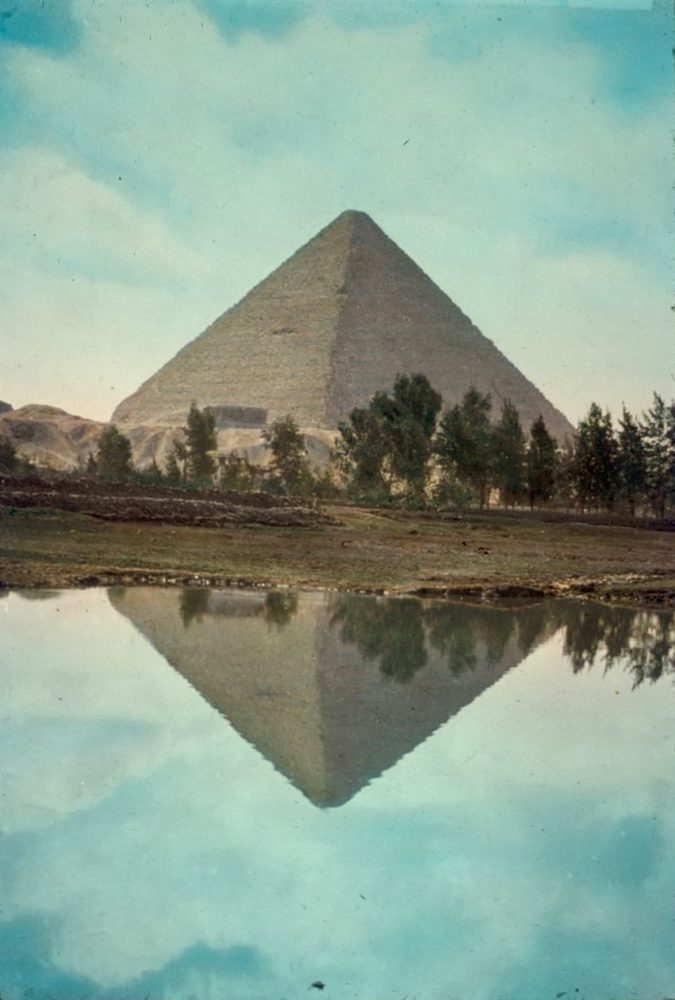
The Great Pyramid of Giza: A Masterpiece of Precision
Commissioned by Pharaoh Khufu, the Great Pyramid of Giza stands as the pinnacle of ancient Egyptian pyramid-building. With a base covering over 13 acres and a height of 146.6 meters (481 feet), the pyramid consists of more than 2.3 million stone blocks, weighing an estimated 6.5 million tons in total.
Phenomenal Accuracy
The Great Pyramid’s precision is unparalleled:
- Its base is level within just 2.1 centimeters (less than an inch).
- The deviation of its sides from the cardinal directions is a mere 3’6” of arc.
- The greatest difference in side lengths is only 4.4 centimeters (1.73 inches).
Such exactitude likely had symbolic and practical significance. Scholars suggest that it reflects the ancient Egyptians’ desire to align their structures with the cosmos, emphasizing their belief in the harmony between Earth and the heavens.
Cosmic Alignment: Thuban, the Ancient North Star
At the time of the pyramid’s construction, the star Thuban (Alpha Draconis) held the position of the North Star. Unlike today’s Polaris, Thuban was the closest star to Earth’s north celestial pole, around which all other stars appeared to revolve.
Why Thuban Was Significant
- Visibility: Thuban was a bright star located between the bowl of the Little Dipper and the handle of the Big Dipper, making it easily visible in the night sky.
- Symbolism: Its position as the central point in the heavens likely represented stability and eternity, aligning with the Egyptians’ spiritual beliefs.
- Precision in Pyramid Alignment: The alignment of the pyramids to Thuban suggests that ancient astronomers meticulously tracked the star’s position. They likely used sighting instruments like the gnomon to achieve such accuracy.
Thuban: A Binary Star System
Modern research reveals that Thuban is not a single star but a binary system. Using NASA’s Transiting Exoplanet Survey Satellite (TESS), astronomers discovered that Thuban and its companion star eclipse one another every 51.4 days. The stars orbit at an average distance of 38 million miles, providing a fascinating glimpse into this celestial pair.
Thuban’s dual nature adds another layer of intrigue to its importance in ancient Egyptian cosmology. The star’s eclipsing behavior, though not visible to the naked eye, might have influenced how it was perceived by astronomers of the time.
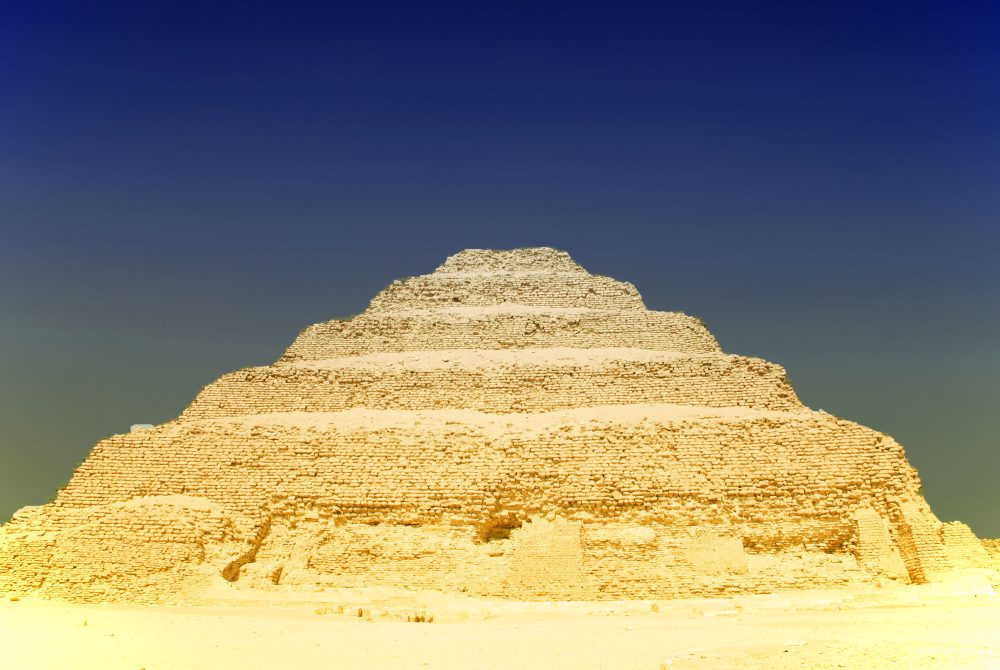
Why the Pyramids Point to the Stars
The ancient Egyptians believed that their pharaohs became stars in the afterlife, ascending to join the gods in the sky. Aligning the pyramids with Thuban and other celestial objects symbolized this divine journey. The pyramids were not merely tombs; they were gateways to the heavens.
This alignment also highlights the Egyptians’ advanced understanding of astronomy. They recognized the importance of celestial cycles and incorporated them into their architectural achievements, creating monuments that reflected the harmony between Earth and the cosmos.
The alignment of the pyramids with the North Star and their extraordinary precision continue to captivate modern scientists and historians. These monuments are not only testaments to human ingenuity but also windows into the spiritual and cosmic beliefs of ancient Egypt.
As we study the pyramids and their celestial connections, we uncover new layers of understanding about this remarkable civilization and its place in the broader story of humanity.
First Published in 2020: Updated for 2025






